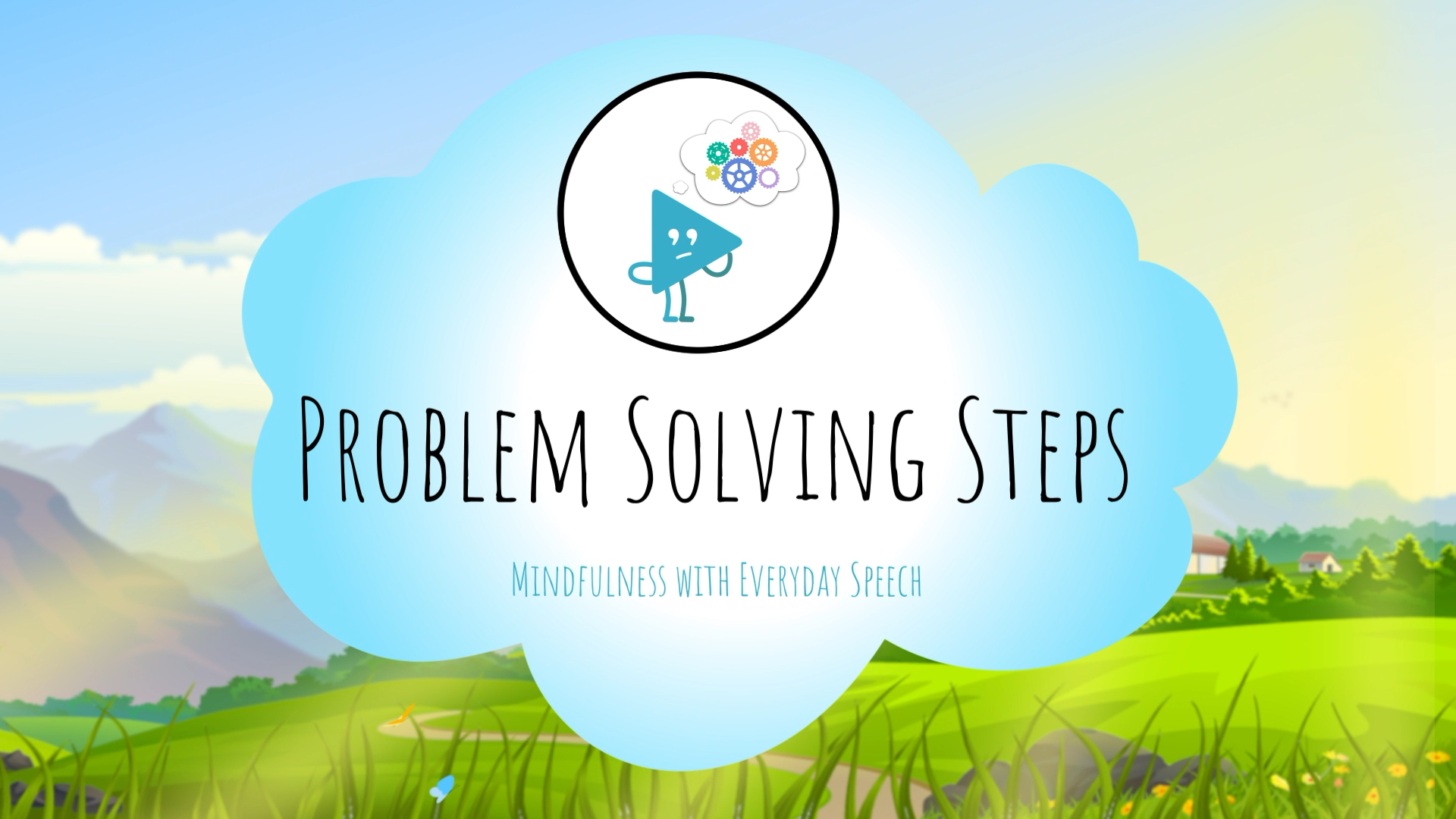
Introduction
Problem-solving skills are essential for students in special education, as they navigate through academic, social, and emotional challenges. Developing these skills empowers students to overcome obstacles, make informed decisions, and fosters independence.
Understanding Problem-Solving Skills
Problem-solving skills involve a series of steps that help students identify, analyze, and resolve issues they may face in various situations. These skills impact students’ learning, social interactions, and overall wellbeing by promoting critical thinking, effective communication, and emotional regulation.
The Role of Specialists
Different specialists play an essential role in supporting the development of problem-solving skills in students:
- Speech-Language Pathologists help students develop communication skills, essential for discussing and resolving problems.
- Social Workers support students in navigating social situations and understanding the impact of their decisions on relationships.
- Psychologists assist students in developing healthy coping mechanisms and emotional regulation to handle challenging situations.
- School Counselors guide students in making informed decisions and setting realistic goals for problem resolution.
IEP Goals for Problem-Solving Skills
Here are some specific SMART IEP goals to improve problem-solving skills in middle school students:
Goal 1: Identify Problems
By [date], the student will accurately identify the problem in various scenarios with 80% accuracy across 5 consecutive sessions.
Strategies and Activities: Role-play scenarios, guided discussions, and collaborative group activities.
Goal 2: Assess Problem Size
By [date], the student will categorize problems as small or big in 90% of presented situations across 5 consecutive sessions.
Strategies and Activities: Sorting tasks, scenario analysis, and comparing problem sizes.
Goal 3: Generate Solutions
By [date], the student will brainstorm at least three possible solutions for a given problem with 85% accuracy across 5 consecutive sessions.
Strategies and Activities: Brainstorming sessions, mind mapping, and group collaboration.
Goal 4: Evaluate and Choose the Best Solution
By [date], the student will evaluate each proposed solution’s pros and cons and select the most appropriate resolution with 80% accuracy across 5 consecutive sessions.
Strategies and Activities: Pros and cons lists, role-playing, and guided reflections.
Implementing and Measuring Progress
Implement these IEP goals by collaborating with specialists, incorporating strategies into daily routines, and providing ongoing feedback. Measure progress through data collection, observations, and assessments to ensure students are progressing towards their goals.
Conclusion
Developing effective IEP goals for problem-solving skills is crucial in helping middle school students succeed in special education. By applying these goals and strategies, educators can foster independence, confidence, and growth in their students. We invite you to explore more resources at Everyday Speech Sample Materials and engage in the conversation.







